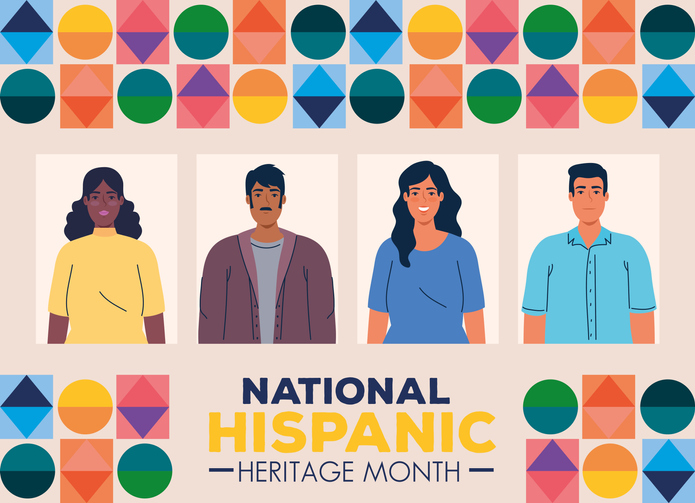
Each year, Americans observe National Hispanic Heritage Month from September 15 to October 15. The holiday celebrates the histories, cultures and contributions of American citizens whose ancestors came from Spain, Mexico, the Caribbean and Central and South America.
The observation started in 1968 as Hispanic Heritage Week under President Lyndon Johnson and was expanded by President Ronald Reagan in 1988. The holiday covers a 30-day period starting on September 15 and ending on October 15. It was enacted into law on August 17, 1988, on the approval of Public Law 100-402.
Furthermore, the day of September 15 is significant because it is the anniversary of independence for Latin American countries Costa Rica, El Salvador, Guatemala, Honduras and Nicaragua. In addition, Mexico and Chile celebrate their independence days on September 16 and September 18, respectively. Columbus Day or Día de la Raza, which is October 12, also falls within this 30 day period.
Executive and Legislative Documents
The Law Library of Congress has compiled guides to commemorative observations, and includes a comprehensive inventory of the Public Laws, Presidential Proclamations and congressional resolutions related to Hispanic American Heritage Month.
Some highlight events include:
Wednesday, September 29, 2021
Homegrown: Cambalache
Cambalache, named for a Spanish word that means “exchange,” is a Chicano-Jarocho group based in East Los Angeles. Founded in 2007 and led by César Castro (sonero, maestro and luthier from Veracruz, Mexico), Cambalache plays and promotes traditional son jarocho through performance, music workshops, and educational demonstrations. Son jarocho comes from Veracruz, Mexico, on the gulf coast, a cultural region shaped by Indigenous, African, and Spanish culture. In the spirit of the fandango, a traditional celebration of music and dance, Cambalache engages its audience through participatory performances. In 2010, Cambalache organized an important fundraiser for victims of Hurricane Karl in Veracruz, thus strengthening decades of social and cultural exchange of the Chicano-Jarocho network. Cambalache’s educational mission involves demonstrations from elementary school to universities, museums and music festivals. The music of Cambalache was featured on August 7, 2011 on NPR’s All Things Considered, whose host commented: “Son Jarocho has been popular in Los Angeles, going back to the 1950s with Ritchie Valens, then Los Lobos. Today, it’s a part of the regular soundtrack of Latino music in East L.A.” Castro and fellow Cambalache member Xochi Flores appeared in the 2014 Homegrown concert of Son Jarocho Master Musicians.
Monday, October 11, 2021
Celebration of Children’s and YA Latin American and Latinx Literature
Join the Hispanic Reading Room at the Library of Congress and Consortium of Latin American Studies Programs (CLASP) in a virtual celebration of children’s and YA Latin American and Latinx literature. Hear from authors and illustrators amplifying stories and voices from across Latin American and Latinx communities for young readers. We invite families, educators, and students to take part in this unique celebration during Hispanic Heritage Month.
Did You Know?
60.6 million
The Hispanic population of the United States as of July 1, 2019, making people of Hispanic origin the nation’s largest ethnic or racial minority. Hispanics constituted 18.5% of the nation’s total population.
Source: Vintage 2019 Population Estimates
12
The number of states with a population of 1 million or more Hispanic residents in 2019 — Arizona, California, Colorado, Florida, Georgia, Illinois, New Jersey, New Mexico, New York, North Carolina, Pennsylvania and Texas.
Source: Vintage 2019 Population Estimates
29.8
The median age of the Hispanic population, up from 27.3 in 2010.
Source: Vintage 2019 Population Estimates
Resources:







